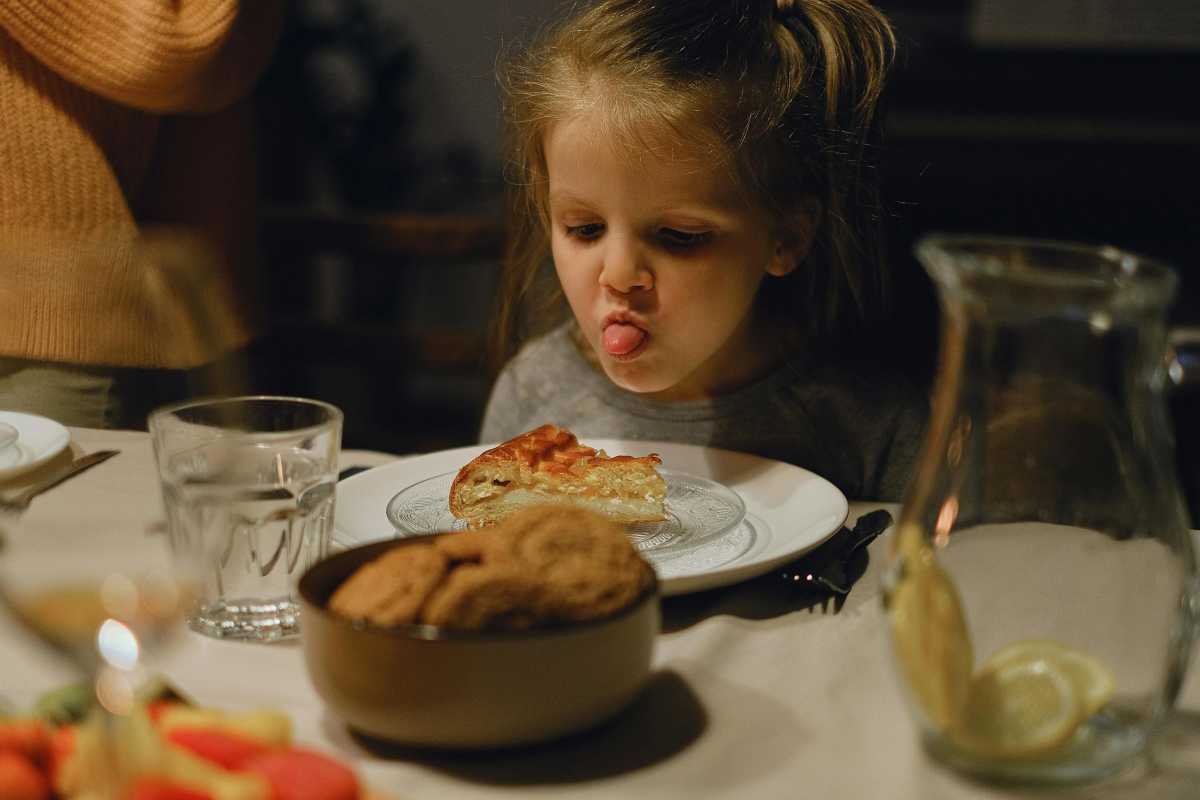A holiday tree at the American Museum of Natural History is making a splash with more than 1,000 angelfish, lionfish, dolphins, sharks, anglers, eels and other sea life crafted from paper.
The annual Origami Holiday Tree returns to the museum’s Grand Gallery Nov. 19, when kids from the Goddard Riverside Head Start Program switch on its lights for the season.
This year’s tree is themed after AMNH’s newest exhibition “Unseen Oceans,” an interactive display about new and little-known marine species, and contains origami — modeled after some of the 34 million specimens in the museum’s collection and a few extras like a Yellow Submarine and some scuba divers — swimming, propelling, circling and jetting across the green branches.
Origami creators both amateur and professional from around the world, plus volunteers from OrigamiUSA, have contributed works to the tree. Among them is Rosalind Joyce, the tree’s co-designer.
Joyce has been folding paper for the museum’s tree since the very first one in 1972, and she’s seen the tradition grow into an international project with hundreds of participants.
“It’s a nice way to exhibit the art, and for the longest time it was the only one,” she told amNewYork.
Planning for a given year’s tree starts as soon as the last holiday tree is taken down in January. At that point, it’s typical to have an idea of the museum’s next big exhibit, so Joyce starts making calls to volunteers. The museum receives origami as early as spring and summer, she said.
“They send in gorgeous stuff,” she said. “The models are made from all kinds of paper, from kami (paper made specifically for origami) to expensive and beautiful handmade papers. Many folders make their own paper. There are so many different kinds represented on the tree, from very thick to very fine, from handmade to machine made.”
Visit the tree and you can also learn how to make origami with the help of knowledgeable volunteers. It’s not unusual to see children folding origami with parents and going home with a big armful of goodies, Joyce said.
It all began in 1972 when museum entomologist Alice Gray started making paper models of the insects in the museum’s collections. She partnered with OrigamiUSA to create a horde of them for a small holiday tree in one of the scientific offices.
From there, the tradition grew. The next year, a tree was put in the Theodore Roosevelt Memorial Hall with models representing museum displays and departments, and it took off from there, according to the museum.
“It’s magical,” Joyce said. “It’s a magical marriage of math, art and science, which goes well with the mission of the museum.”
American Museum of Natural History, Central Park West at 79th Street
Hours 10 a.m. to 5:45 p.m. daily (closed Thanksgiving and Christmas days) through Jan. 13
Cost $23 suggested admission fee (includes general museum admission)
More Find the schedule of origami lessons at amnh.org.




































